Hydrothermal Vent
Introduction
Hydrothermal vents are a type of geothermal feature found on the ocean floor where heated water emerges from the Earth's crust. These vents are often associated with active volcanic regions and mid-ocean ridges, where tectonic plates are moving apart and new crust is being formed geothermal gradient[1].
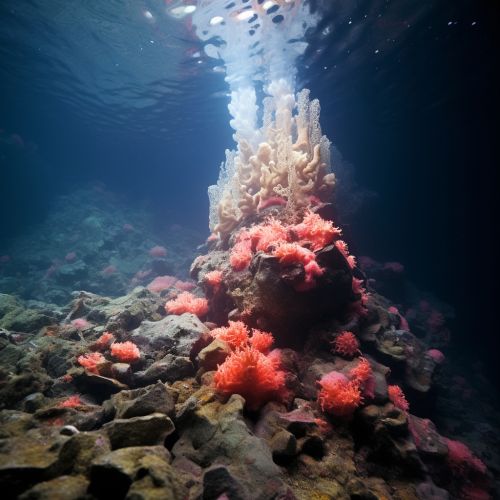
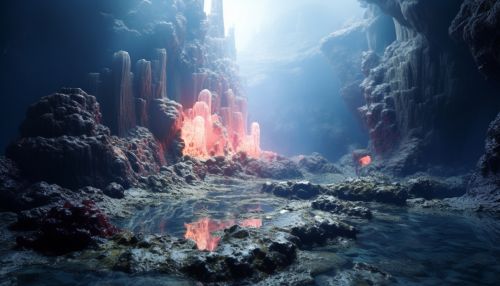
Formation and Structure
Hydrothermal vents are formed when seawater seeps into the oceanic crust, is heated by the underlying magma, and then rises back to the surface through cracks in the crust. The heated water carries with it dissolved minerals and other chemical compounds from the crust, which are then released into the ocean when the water emerges from the vent Magma[2].
The structure of a hydrothermal vent can vary greatly depending on the specific conditions of its formation. Some vents are simple fissures in the crust, while others form complex structures known as "black smokers" or "white smokers", named for the color of the mineral-rich plumes they emit Black Smoker[3].
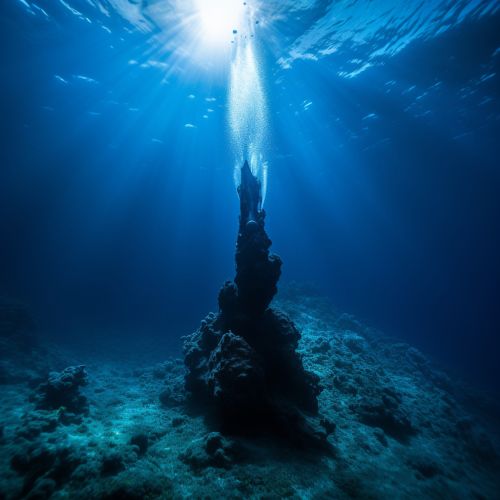
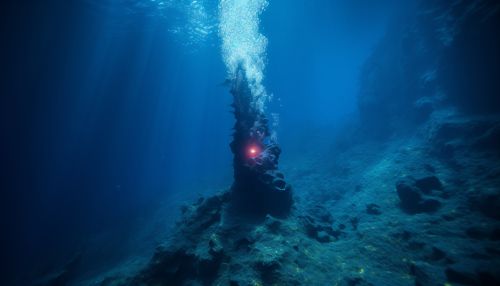
Ecosystems
Despite the extreme conditions, hydrothermal vents support diverse and productive ecosystems. These ecosystems are based on chemosynthesis, a process by which certain bacteria and archaea convert the chemical energy in the vent fluids into organic matter, providing a source of food for other organisms Chemosynthesis[4].
The organisms found in hydrothermal vent ecosystems are often highly specialized and adapted to the extreme conditions. These include various species of tube worms, clams, mussels, and shrimp, as well as numerous types of bacteria and archaea Tube Worm[5].

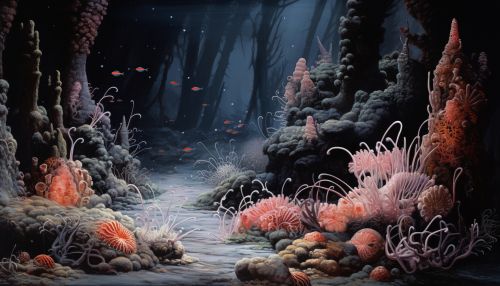
Research and Exploration
Hydrothermal vents have been the subject of extensive research and exploration due to their unique ecosystems and the potential for valuable mineral deposits. They were first discovered in the late 1970s, and since then numerous expeditions have been conducted to study them in detail Oceanography[6].
Research on hydrothermal vents has also provided insights into the origins of life on Earth, as the conditions at these vents are thought to be similar to those present on the early Earth Origins of Life[7].
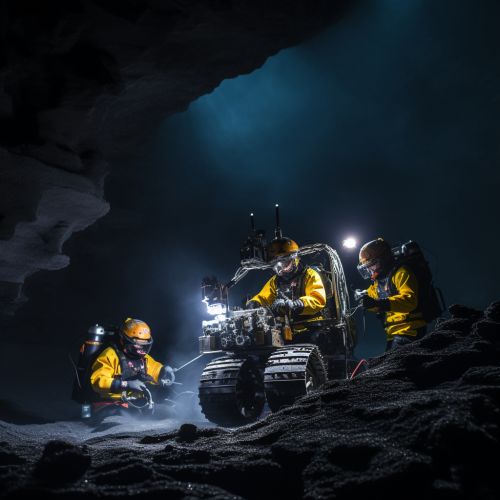
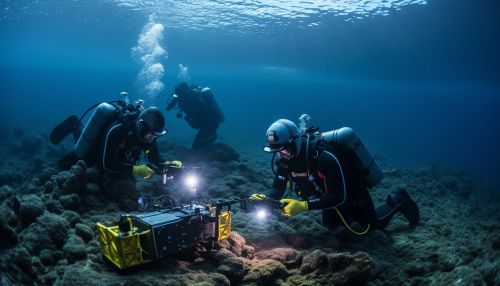
See Also
References
- ↑ German, C. R., & Von Damm, K. L. (2004). Hydrothermal processes. In Treatise on Geochemistry (pp. 181-222). Elsevier.
- ↑ Van Dover, C. L. (2000). The ecology of deep-sea hydrothermal vents. Princeton University Press.
- ↑ Corliss, J. B., Dymond, J., Gordon, L. I., Edmond, J. M., Von Herzen, R. P., Ballard, R. D., ... & Crane, K. (1979). Submarine thermal springs on the Galápagos Rift. Science, 203(4385), 1073-1083.
- ↑ McCollom, T. M. (2007). Geochemical constraints on sources of metabolic energy for chemolithoautotrophy in ultramafic-hosted deep-sea hydrothermal systems. Astrobiology, 7(6), 933-950.
- ↑ Van Dover, C. L. (2000). The ecology of deep-sea hydrothermal vents. Princeton University Press.
- ↑ Corliss, J. B., Dymond, J., Gordon, L. I., Edmond, J. M., Von Herzen, R. P., Ballard, R. D., ... & Crane, K. (1979). Submarine thermal springs on the Galápagos Rift. Science, 203(4385), 1073-1083.
- ↑ Martin, W., Baross, J., Kelley, D., & Russell, M. J. (2008). Hydrothermal vents and the origin of life. Nature Reviews Microbiology, 6(11), 805-814.
